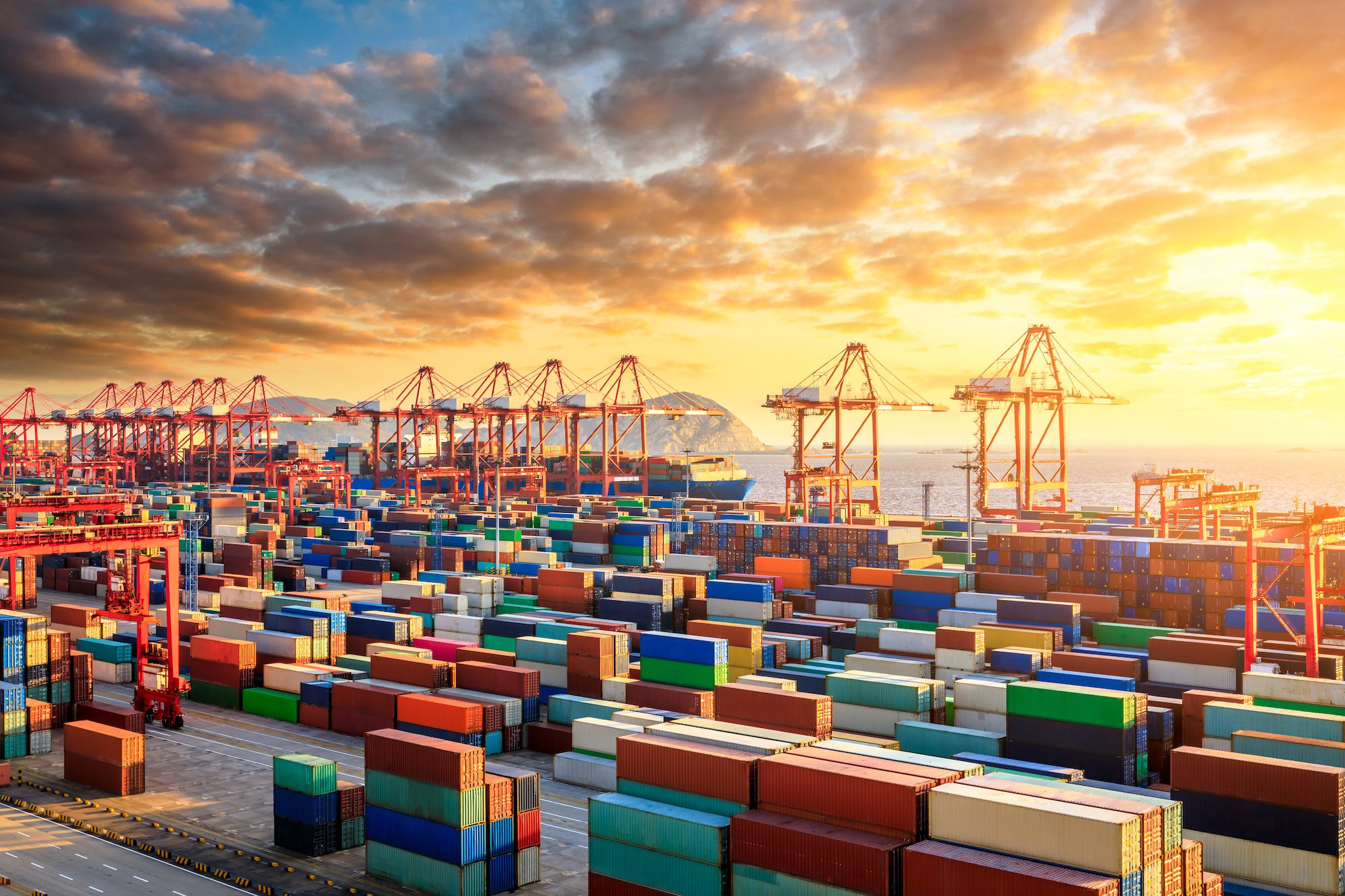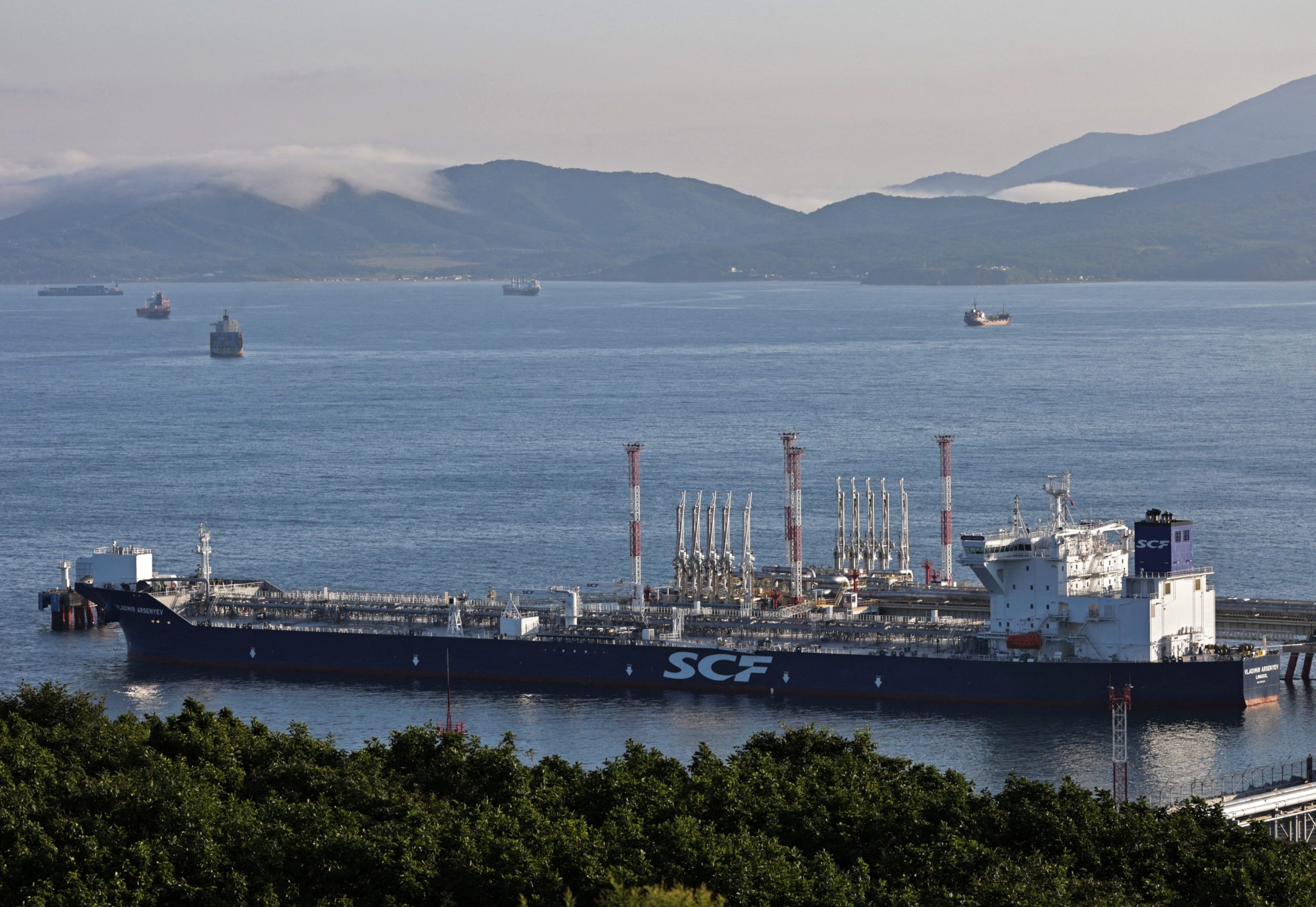By Charlotte Goldstone (The Loadstar) –
General rate increases (GRIs) give a “clear indication of ocean carrier intentions”, and raise alarm bells for their clients with long-term contracts.
Emily Stausboll, senior shipping analyst at Xeneta, said the 90-day lowering of US tariffs on Chinese imports, from 145% to 30%, “acted as the starting gun for businesses to ship as many goods as possible”.
She added: “Carriers do not need a second invitation to introduce surcharges in response to situations that cause a squeeze on capacity, and this puts shippers in a difficult position.”
Ms Stausboll wondered “how high rates would go” as carriers rushed to announce GRIs for 1 June “that push all-in rates to $7,000 per 40ft into the US east coast”.
But she added: “These GRIs may not stick, but it gives a clear indication of carrier intentions,” an unfortunate sign for forwarders and shippers with long-term contracts.
Charles Maralle, CEO of Exfreight, told The Loadstar on the sidelines of IATA’s CNS conference in Miami: “Most people were burned during Covid where they had a long-term contract rate with a liner for ‘x’ amount. The liners saw they could make double, triple, or even quadruple that amount if they gave that space to someone else in the spot market.
“They basically stopped loading in space allotted through signed long-term contracts, and what recourse did the clients have? Essentially, the contracts say ‘we’ll move this much in a year’.”
According to Mr Maralle, this led to stakeholders increasingly opting for the spot-market, “not putting all their eggs in one basket” with long-term contracts.
“Now, people are saying, ‘maybe I should diversify and try to get contract terms that stipulate how many slots I get per month, instead of the general term of slots per year’,” he said.
“But again, the ocean liners just do whatever they want, and there’s no one to complain to. I see the same practices being played out. Unless you’re a Walmart or someone who’s got a lot of volume, they really don’t care. They control the market.”
He noted there had been “some creative ideas” between forwarders looking to increase their clout with the carriers.
“There are forwarder consortia, signing contracts together; we see that on the export side… It allows you to get a little bit more attention.”
However, maritime analyst John McCown indicated in his recent report that the sharp volume – and subsequent rate – increases won’t last long. He said: “My expectation is there will be a temporary volume increase that will be the flip side of what did not move because of the 145% tariffs.
“The bump will likely be symmetrical in volume and timing to the initial slump.”
And while Mr McCown added that “it gets fuzzier from that point on, dependent on what happens at the end of 90 days”, he added: “There will certainly be a downward bias to volume,” due to the 30% tariff.
“The best window to the future is the past,” he advised.
The Loadstar is known at the highest levels of logistics and supply chain management as one of the best sources of influential analysis and commentary.

 Join The Club
Join The Club











